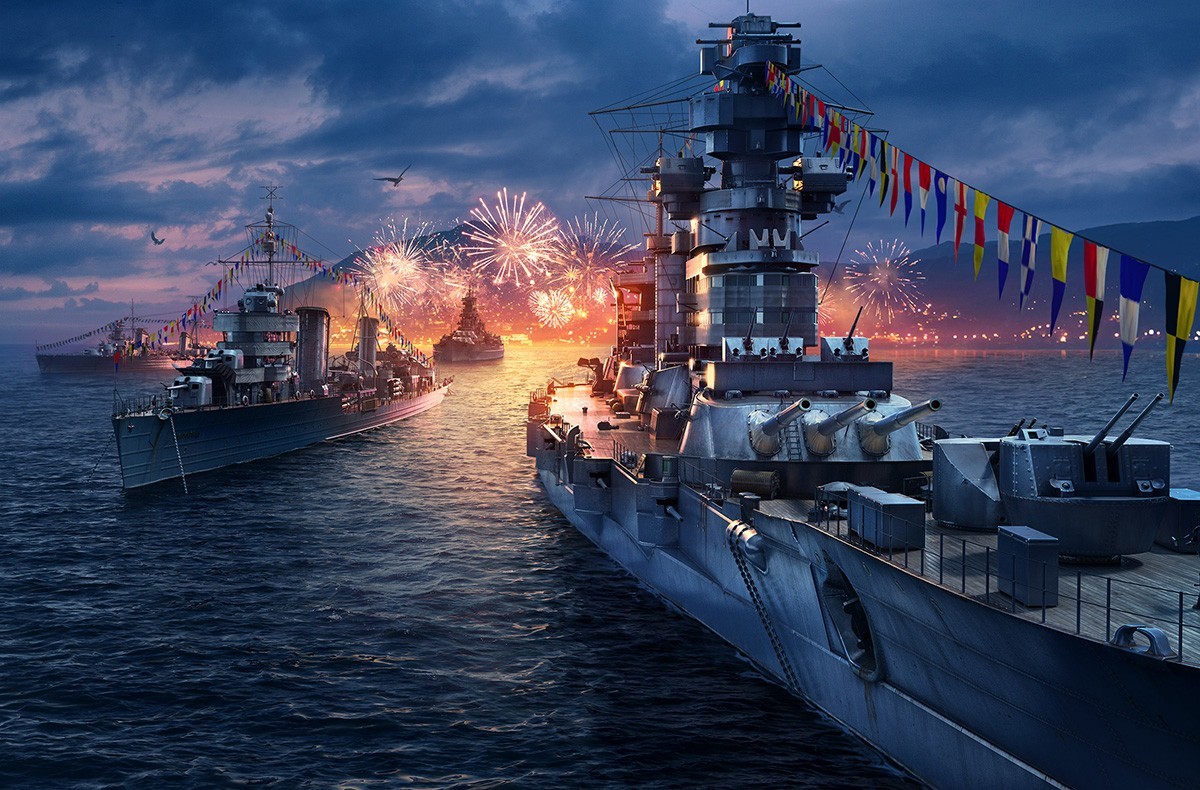



With the transfer of Iowa in 2012, all four are part of non-profit maritime museums across the US. Ultimately, all four ships were stricken from the Naval Vessel Register and released for donation to non-profit organizations. This resulted in a lengthy debate over whether battleships should have a role in the modern navy. All four were initially removed from the Naval Vessel Register, but the United States Congress compelled the Navy to reinstate two of them on the grounds that existing NGFS would be inadequate for amphibious operations. During Operation Desert Storm in 1991, Missouri and Wisconsin fired missiles and 16-inch (406 mm) guns at Iraqi targets.Ĭostly to maintain, the battleships were decommissioned during the post- Cold War drawdown in the early 1990s. All four were reactivated and modernized at the direction of the United States Congress in 1981, and armed with missiles during the 1980s, as part of the 600-ship Navy initiative. During the Korean War, the battleships provided naval gunfire support (NGFS) for United Nations forces, and in 1968, New Jersey shelled Viet Cong and Vietnam People's Army forces in the Vietnam War. In the Pacific Theater of World War II, they served primarily as fast escorts for Essex-class aircraft carriers of the Fast Carrier Task Force and also shelled Japanese positions. Between the mid-1940s and the early 1990s, the Iowa-class battleships fought in four major US wars. All older US battleships were decommissioned by 1947 and stricken from the Naval Vessel Register (NVR) by 1963. The four Iowa-class ships were the last battleships commissioned in the US Navy. Four vessels, Iowa, New Jersey, Missouri, and Wisconsin, were completed two more, Illinois and Kentucky, were laid down but canceled in 19, respectively, before completion, and both hulls were scrapped in 1958–1959. The Iowa class was designed to meet the Second London Naval Treaty's "escalator clause" limit of 45,000-long-ton (45,700 t) standard displacement. They were initially intended to intercept fast capital ships such as the Japanese Kongō class while also being capable of serving in a traditional battle line alongside slower battleships and act as its "fast wing".

The Iowa class was a class of six fast battleships ordered by the United States Navy in 19. USS Iowa (BB-61) fires a full broadside on 15 August 1984 during a firepower demonstration after her recommissioning


 0 kommentar(er)
0 kommentar(er)
